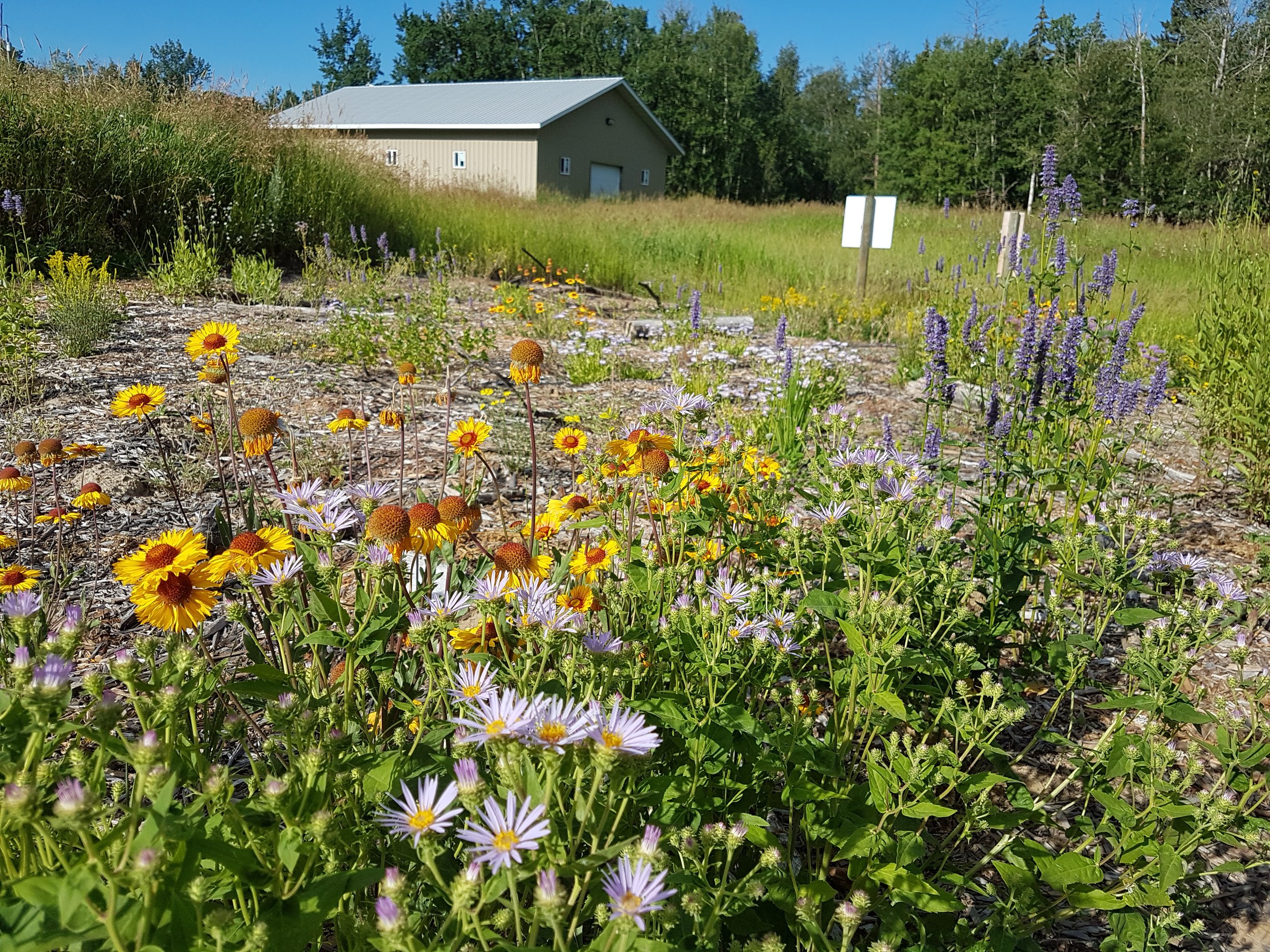Field work season is almost done! EALT staff and volunteers have been hard at work looking after our conservation lands. Here is a glimpse of what we’ve done over the past couple of months.
Weeding the Garden
Staff and volunteers removed weeds surrounding the pollinator garden at the Smith Blackburn Homestead. With the garden only being installed last year, it needs lots of care to prevent invasive plants from creeping in. It was a hot day, but we worked hard to make sure the pollinator garden will continue to flourish!
The pollinator garden was in full bloom when we visited, here are some of the native plants showing off their flowers to pollinators!
Bye bye barbed wire!
Barbed wire can be a tripping and tangling hazard to wildlife, not to mention the adventurous hiker! An enthusiastic corporate group chose to volunteer with us to remove an old barbed wire fence section hidden in the forest of Glory Hills as their team-building activity. They definitely worked as a team as they got to work at finding all of the barbed wire and carrying it out of the land. Groups can inquire to volunteer with us by filling out this form.
Tree preservation at the Smith Blackburn Homestead
In October, we held an event to wrap wire around mature trees at the Smith Blackburn Homestead. Beavers play an important role in our ecosystems, but at this particular location they have been felling many very large mature trees that offer valuable habitat for birds and other wildlife. In order to protect these trees and the benefits they provide, we spent the day wrapping wire around mature aspen, poplar, and birch trees in an area with a lot of beaver activity. We left smaller trees for the beavers to chew, as those will not take so long to regenerate, and are not as valuable habitat for many species as the large, decades old trees. This event was a huge success with 90 trees wrapped in wire! Thank you so much to One Tree Planted for funding this event.
Time for nest box maintenance!
Fall is nest box cleaning season! This year, a mix of stewardship event volunteers and Conservation Land Stewards cleaned out nest boxes at seven conservation lands. The most common type of boxes cleaned included tree swallow and chickadee boxes, but other types of boxes on our lands include waterfowl, Saw-whet Owl, and flicker boxes. This year we have also been replacing a number of older, deteriorating boxes as we visit the lands, so the birds will have a safe and dry place to nest next year.
Snapshots of stewardship in action
Conservation Land Stewards used the warm weather this late August as an opportunity to manage more invasive plants. As many flowers as possible were clipped from common tansy and creeping thistle. Some stewards even shared some pictures of before and after their efforts.
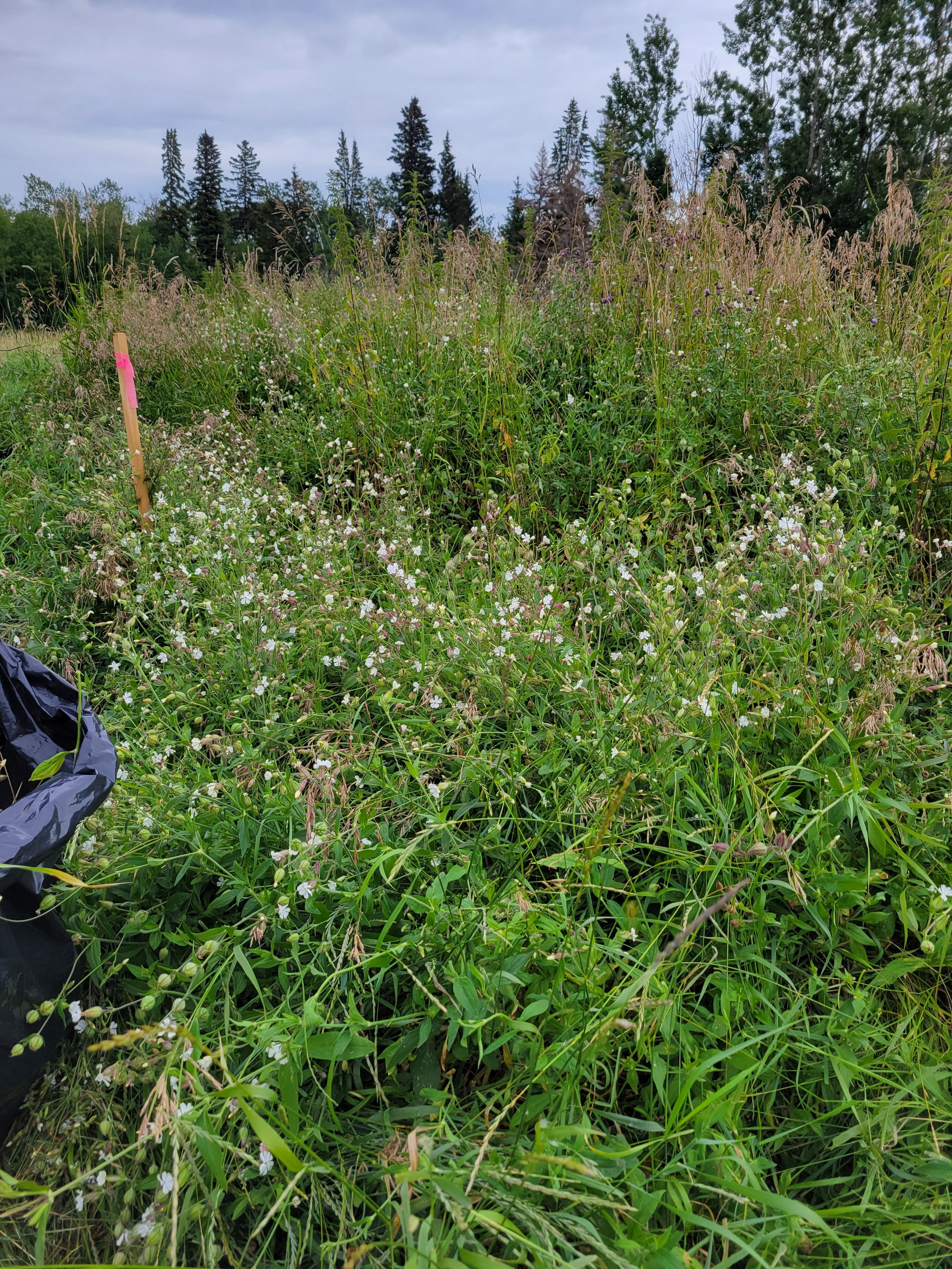
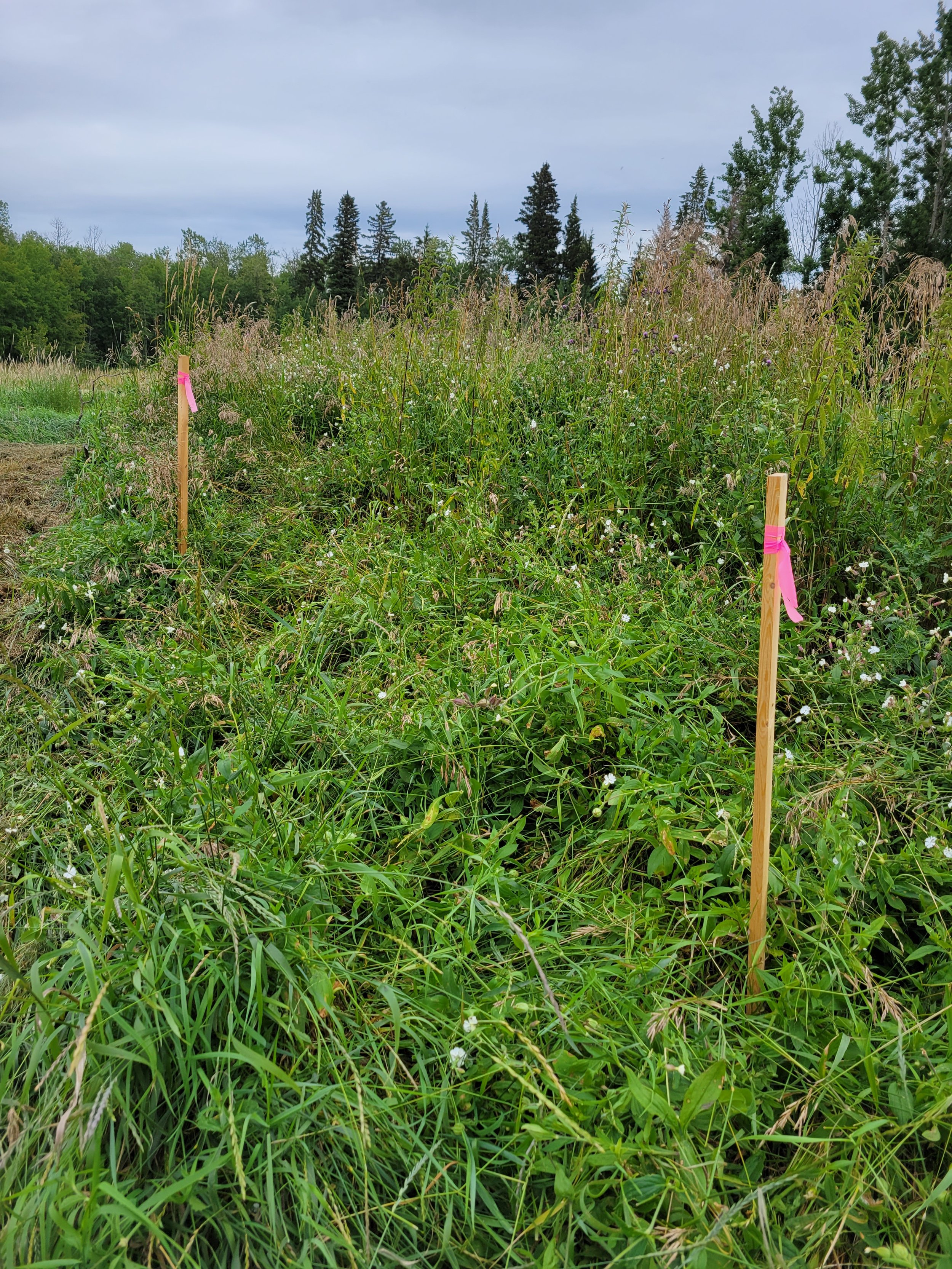
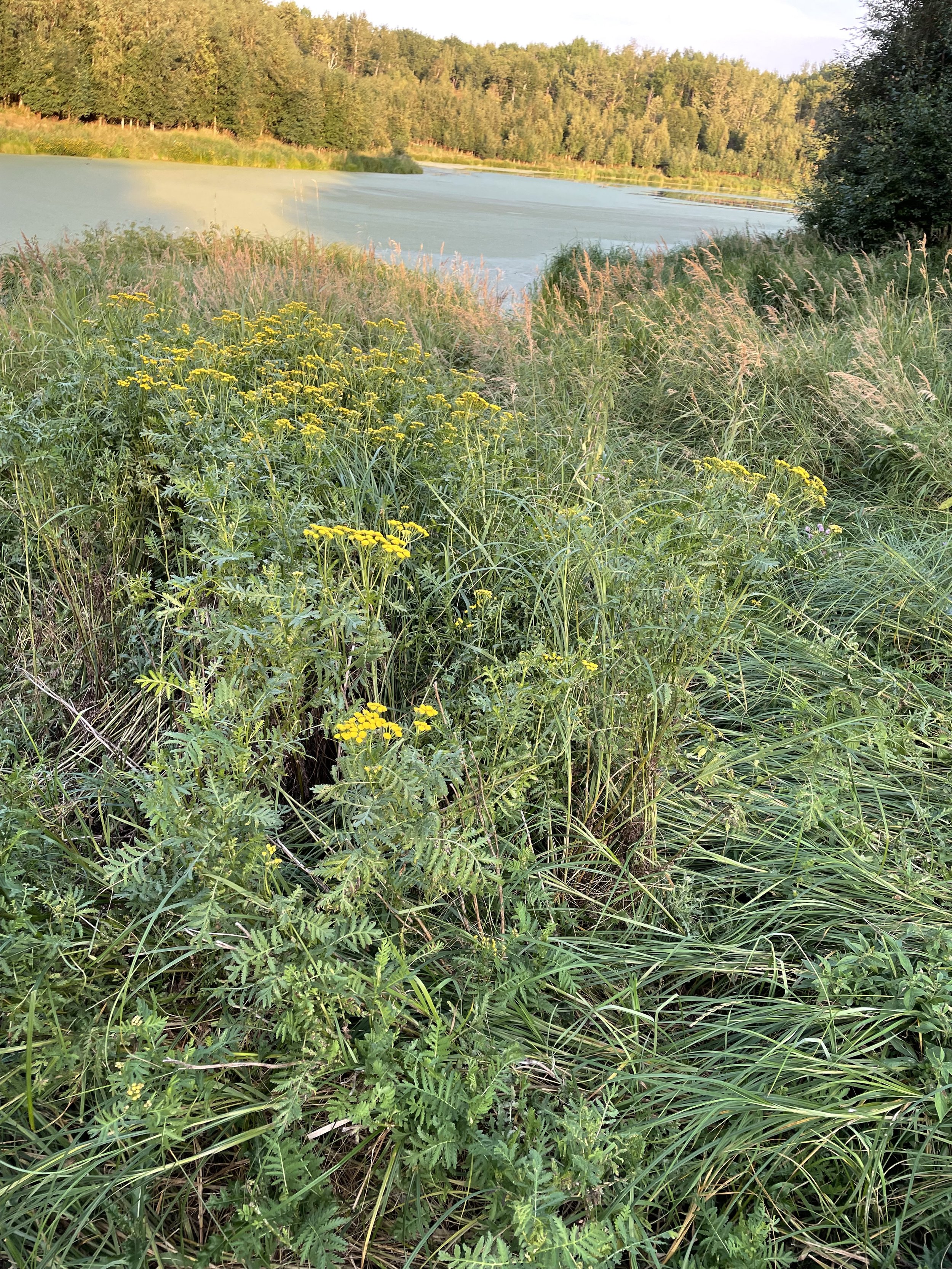


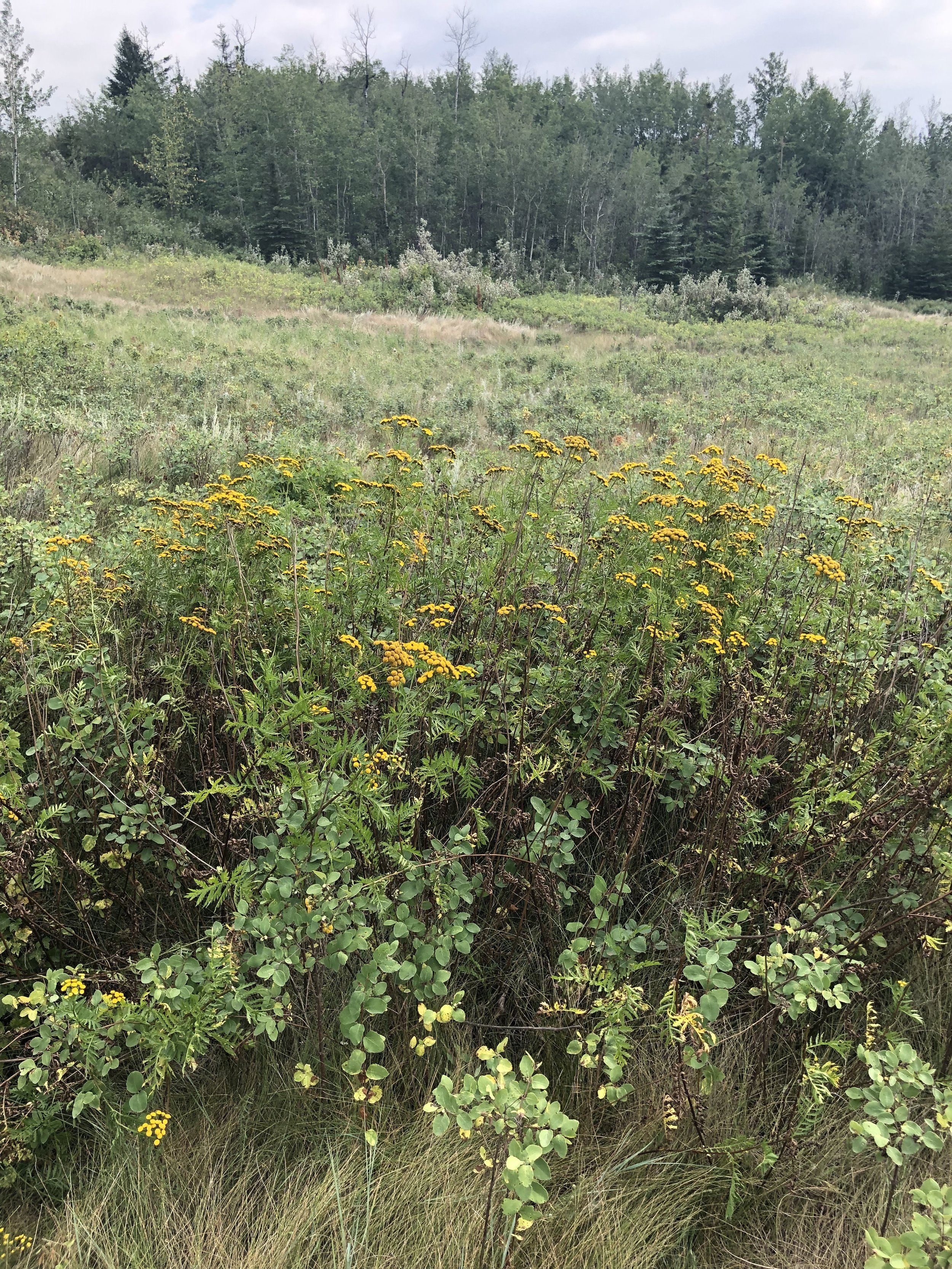

Later into the fall, stewards were busy with trail maintenance and nest box cleaning. Thanks for all of the work that stewards put into conserving these conservation lands!
Citizen Science
The end of August finished the season for citizen science surveys. EALT had impressive growth this year in the citizen science program, with 105 volunteers completing 368 hours!
Bird banding had an excellent first season. On 6 days during the breeding season, 10 mist nets were opened at Bunchberry Meadows as part of the Monitoring Avian Productivity and Survivorship (MAPS) program, which studies local breeding birds. At Bunchberry Meadows this summer, around 20 volunteers helped us band or recapture 206 birds from 23 species. Wow!
This was also the first year of Amphibian Monitoring for EALT. We designed survey protocols based on those of other successful organizations and tried both auditory and visual surveys. This was hugely successful with the help of around 14 volunteers - 4 species were detected including the at-risk western/boreal toad, and hundreds of individuals of amphibians were recorded.
It was the second year of monitoring for both loon surveys and bat boxes. These activities went smoothly with both experienced and new volunteers to help out! About 15 volunteers did loon surveys and around 25 volunteers monitored bat boxes. Our coverage through these surveys was very good, with all 5 lakes surveyed for loons and 13 multichambered bat boxes surveyed for bats. We now have small colonies of little brown bats at three of our conservations lands - an impressive feat!
Thanks to the Edmonton Community Foundation, Alberta Conservation Association, the Ontario Bird Banding Association, and Birds Canada for funding our Citizen Science program.
Interested in getting involved? Check out our Citizen Science page and enter your name to be notified when applications open for 2023.
Preparing JBJ McDonald Conservation Land for opening
An important step in preparing a conservation land for opening is making the trails accessible. This summer, trails were determined, cleared, and mowed. A map was created for the land, along with determining where the wayfinding points would be.
Installing signs for wayfinding and hiking is a big job, but with volunteers it is easy! Three teams of volunteers went to different parts of the land to install signs. Everyone got a turn at using the post pounder, drill, or wrench to help the day go smoothly.
Other preparations included fixing sections of fence and installing pedestrian gates. A parking area has been made so that cars can avoid blocking access to the lease road on the property.
JBJ McDonald Conservation Land will be open to the public soon. Check out the land’s webpage to find information about its ecological significance, visitor information, and more!
Stay tuned to more Field Notes blogs by subscribing to Nature Notes.



